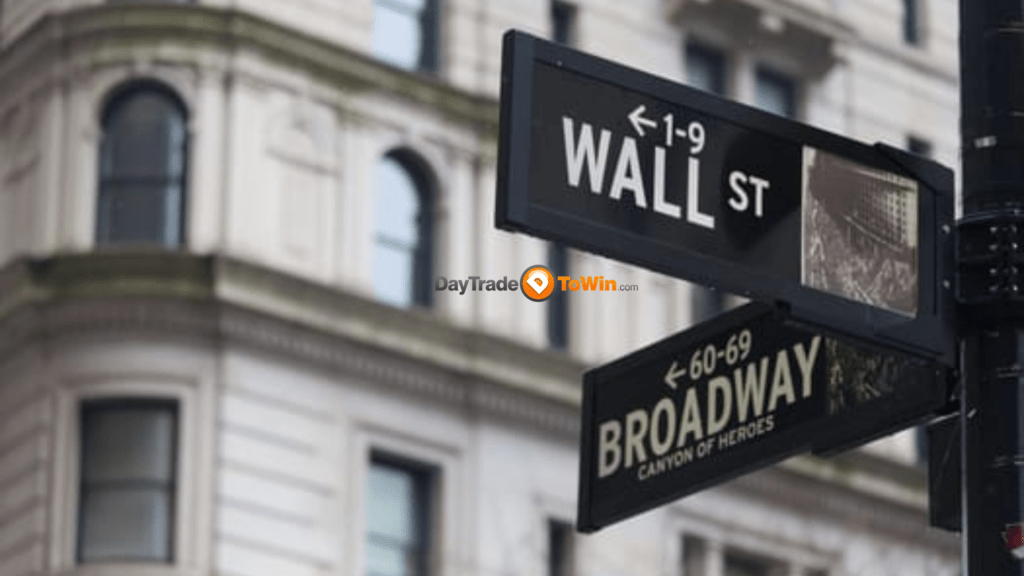Improved Trade News and Bearish Sentiment Make the S&P 500 Look Attractive
U.S. stock futures pointed higher early Friday, suggesting a positive start to the final session of what’s been a volatile week.
Optimism is gaining traction after President Trump’s surprise decision to reverse course on tariffs Wednesday. Some investors see this as a signal that the worst of the trade-war fears may be behind us. However, skepticism lingers. Critics argue that the 90-day tariff pause only prolongs uncertainty, especially with China still facing a steep 145% levy.
This divergence in outlooks is what keeps financial markets ticking.
Interestingly, conflicting views are emerging even within the same institutions. On Thursday, UBS strategist Bhanu Baweja advised selling into rallies, warning that the S&P 500 could fall below 5,000 amid lingering economic uncertainty.

Yet just a day later, UBS Global Wealth Management, led by CIO Mark Haefele, upgraded U.S. equities to “attractive,” citing three key reasons:
- Diminished Extreme Risk: Trump’s tariff pause, despite China’s high tariffs, shows a willingness to respond to market stress. UBS interprets this as evidence of a de facto “Trump put” — a backstop suggesting the administration is watching markets closely.
- Potentially Improving News Flow: While risks remain — including supply chain disruptions and talk of delisting Chinese firms from U.S. exchanges — multiple nations appear open to negotiations. UBS believes this sets the stage for deals that could support sentiment and encourage investors to look beyond short-term weakness toward earnings recovery by 2026.
- History Favors Rebounds After Volatility: When the VIX surpasses 40, the S&P 500 has historically posted an average 30% gain over the next year, with a 95% chance of a positive return. The VIX hit 60 midweek and remained around 44 Friday morning. Additionally, April 9’s 9.5% surge was the biggest one-day gain since 2008 — and past rallies of similar size have consistently led to strong one-year returns.
Investor sentiment is also deeply negative. The latest AAII survey shows 58.9% of respondents are bearish — just below last week’s one-year high of 61.9%. UBS notes that such extreme pessimism has historically been a strong contrarian signal, with the S&P 500 averaging 27% gains in the year following similar sentiment levels.
UBS still acknowledges risks tied to prolonged tariffs, but believes the likelihood of a deeper economic crisis has lessened following Trump’s reversal. As a result, they’ve raised their downside S&P 500 target from 4,000 (crisis-level) to 4,500, which they view as more consistent with a typical recession scenario.




